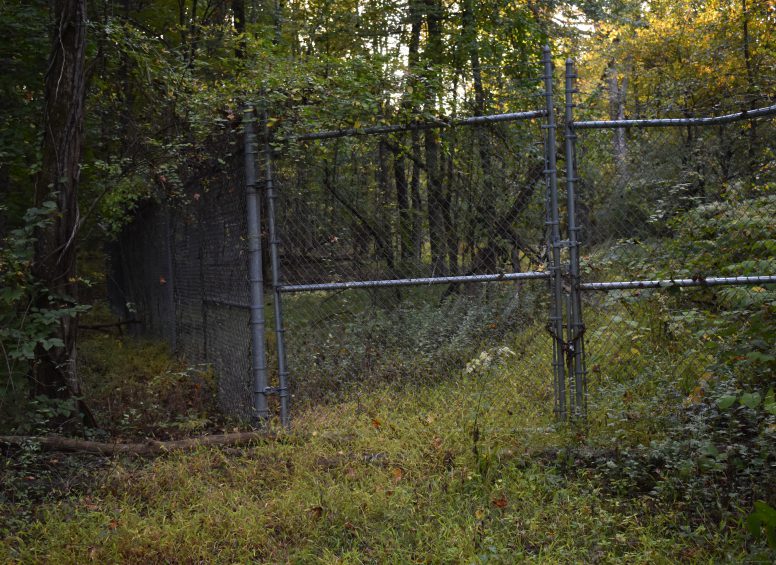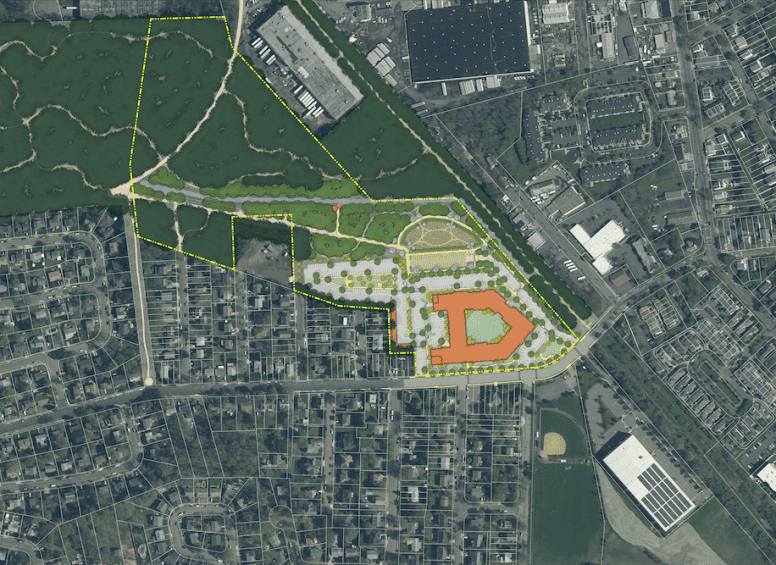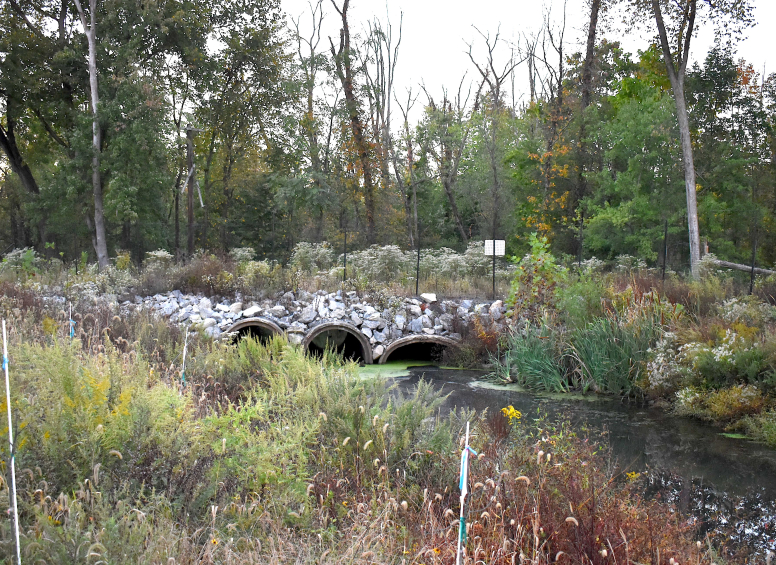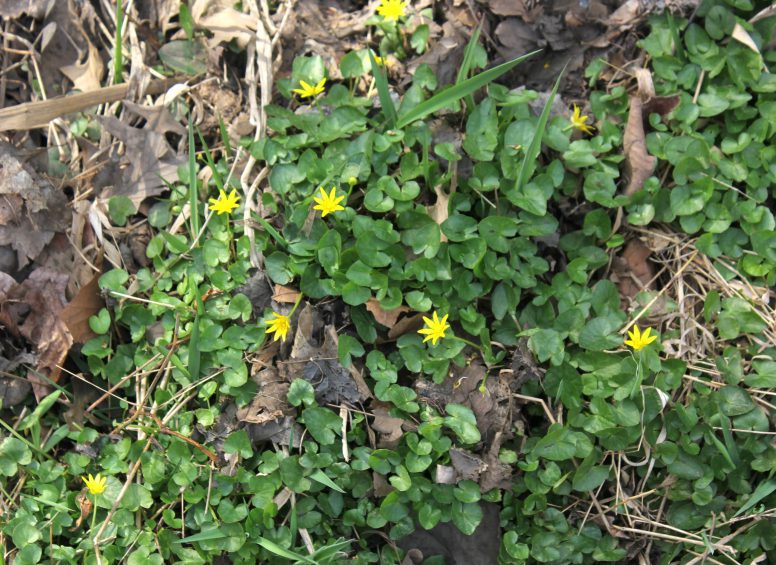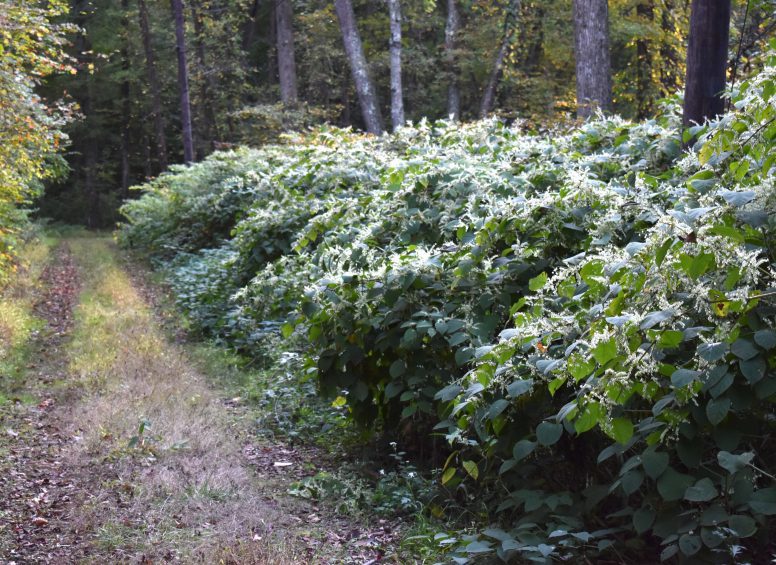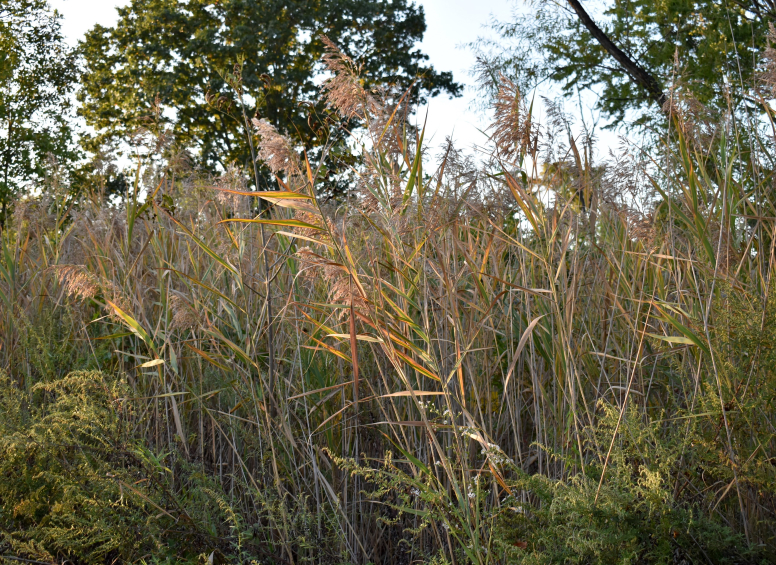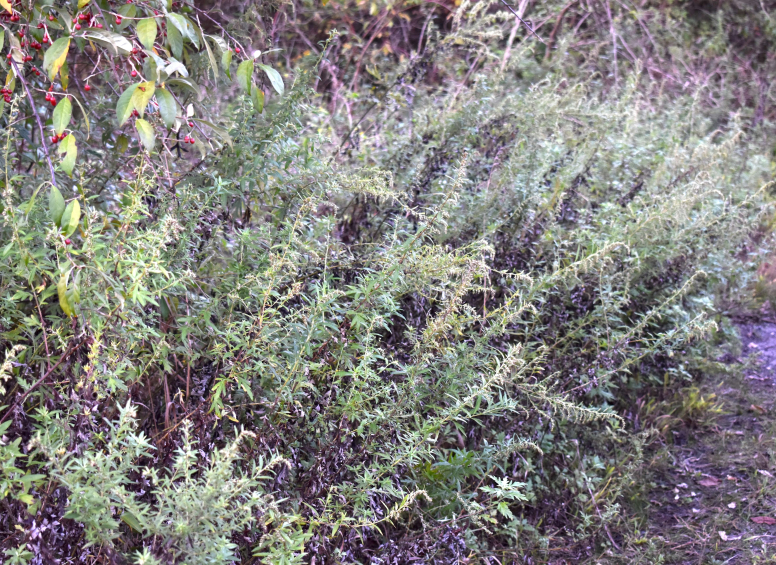Our Mission
Stewardship efforts focus on preserving and restoring the natural landscapes in the preserve. This includes maintaining environmental protection standards and safeguarding native habitats. Our goal is to restore degraded lands and waters to their natural states and ensure that the preserve continues to function as a vital ecosystem for wildlife and plant species. Active land management and invasive species control are key components of the stewardship strategy. Overall, we seek to:
– Maintain environmental protection standards
– Restore lands and waters to their natural states
– Preserve native habitats
– Protect the regional ecology and the watershed in and around the preserve.
Nurturing Native Species & Improving the Ecology
The Barnes Preserve, like so many other sites in central New Jersey, has been damaged by human encroachment and neglect over the past 150 years. Over the past thirty-five years, local residents and their elected leaders have taken on the responsibility to protect these lands from further harm. Early efforts include the initial conservation of 27 acres in Edison in the 1950s (where the Songbird Trail is located), 10 acres in Metuchen in the 1970s (known at the Boy Scout tract), and South Plainfield has preserved many acres over the past twenty years.
In 2009, state assemblyman Peter Barnes pioneered legislation to ensure that the Preserve that now bears his name would be properly stewarded through the creation of a commission. The commission partners with other organizations and with the people in our communities to actively maintain, restore, preserve and protect both land and water, to ensure the health of the native flora and fauna. In addition to restoring habitats, we work with partners to address legacy sites (including the Woodbrook Dump and the Gulton Site), reducing invasive species, and encouraging the return and growth of native species.

